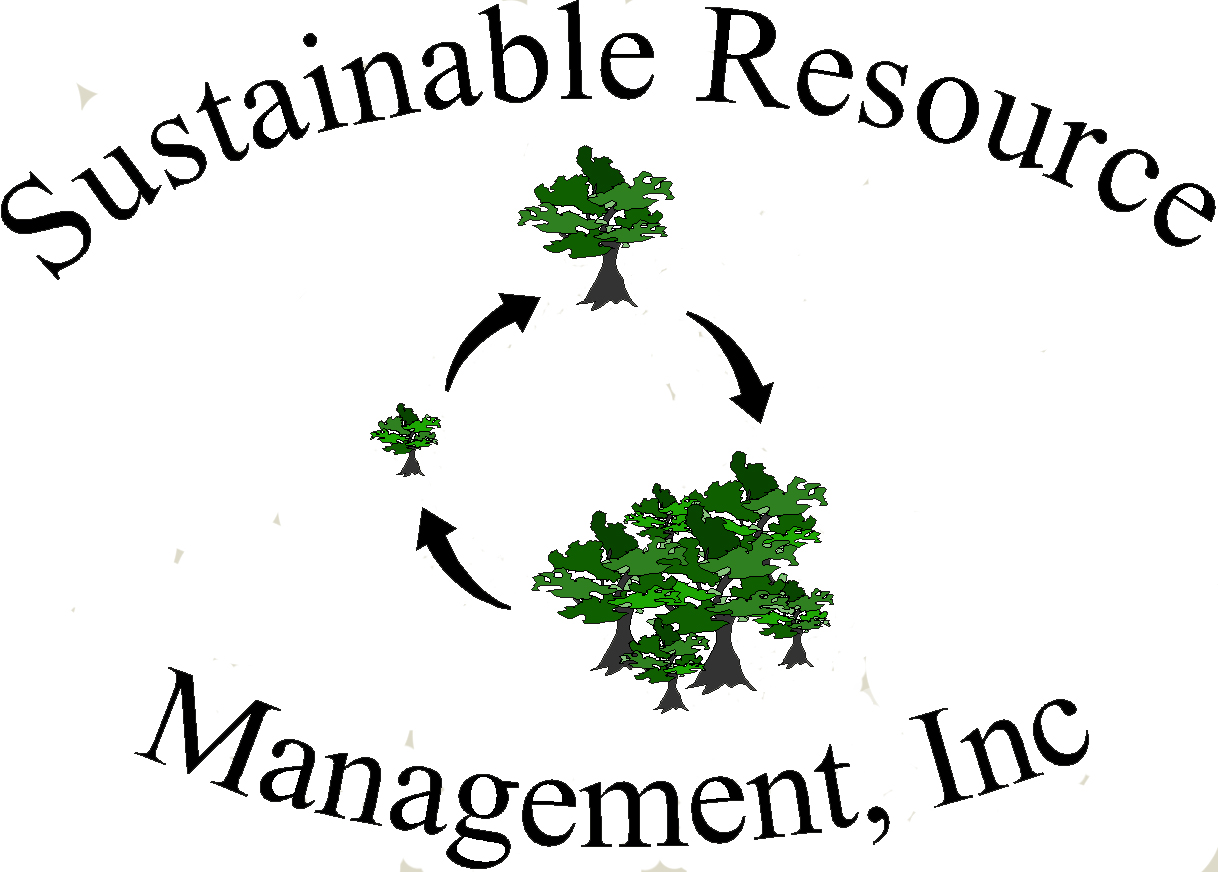Stewardship Planning
In order to meet the forestry needs of today without compromising the needs of future generations, it is important to recognize that we are not only owners of our land, but stewards of it. Stewardship planning as a science and an art is pivotal to the overall health of our natural systems. To create a sustainable forest for the future, stewardship planning must consider:
~ The Nature of Each Unique Property
Each forest has a unique landscape and set of needs. All SRM Stewardship Plans consider a wide range of needs, including boundary line work, forest inventory and appraisal, biodiversity, wildlife management, reforestation, healthy soils, water quality protection, erosion and sedimentation plans, sustainable timber harvesting, and more. For more detailed information, see SRM Land Management Services.
~ The Interests and Objectives of Landowners
Whenever land is owned by people, there is inherent partnership between the land and the land owners. Both must be served. Ideally, they serve each other. As Aldo Leopold said, "When land does well for its owner, and the owner does well by his or her land: When both end up better by reason of their partnership, we have conservation. When one or the other grows poorer, we do not." With this in mind, the most important question Brian Knox ever asks a landowner is "What history do you want to paint on the landscape?"
There is no one correct way to manage a property. Knowing what the land is capable of, and is best suited to, is essential. Knowing what a landowner wants and needs (from immediate income to the pleasure of passing on a hardwood forest to great-grandchildren) is also important for the long-term planning and care of the land. When these questions are asked in advance, the stewardship plan has the greatest chance of being followed for generations to come. SRM helps landowners to create a vision for their land before taking action and then prepares a plan that assists landowners in following through on this vision.
~ Balancing Short-term Needs & Long Term Goals
For many forest landowners, it is necessary to generate income from their forests to offset the costs of owning the land. With education and planning, this can be orchestrated to meet long-term forest goals, protect neighboring land and wildlife, and even increase the health and vitality of the forest.
In fact, a good plan can often generate both short-term income and the funds needed for long-term management. The following case study details an actual SRM management project. It shows how SRM used a sustainable timber harvest to generate income for the landowner, improve the genetic integrity of the forest, and provide funds to develop and implement a stewardship plan.
